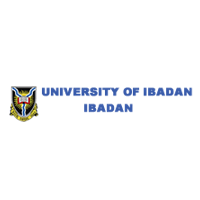Below is a summary of the abstract you submitted. Presenting author(s) is shown in bold.
If any changes need to be made, you can modify the abstract or change the authors.
You can also download a .docx version of this abstract.
If there are any problems, please email Dan at dar78@pitt.edu and he'll take care of them!
This abstract was last modified on March 16, 2023 at 11:19 a.m..

Microbacterium bacteriophage Bianmat (no accession number assigned yet) was isolated by the University of Pittsburgh in the year 2021. The bacteriophage was grown on Gordonia terrae 3612 bacterial host, sequenced via Illumina genome sequencing and revealed an approximate shotgun coverage of 478x. It has a genome length of 73902 base pairs, G+C content of 59.2%, and a direct terminal repeat. Whole-genome sequence alignment carried out on NCBI-BLASTn and phagesdb.org revealed more than 90% nucleotide sequence identity with Newt, Luker, Teal, Nimi13, Neoevie, Woes and Hello belonging to same CS cluster and CS3 sub-cluster. Auto-annotation of the genome was carried out using Glimmer and GeneMark in-built predictors in DNA Master and RAST server, both predicting 92 protein-coding features. ARAGORN and tRNASCAN-SE identified gene 21 to code for a tRNA. Visual inspection of the genome sequence was done using DNA Master and Artemis, while manual inspection for start site refinement was carried out using DNA-Master, Starterator, and Phamerator. Assignment of putative functions was done on NCBI Protein BLAST, HHPred and Uniprot databases. Phylogenetic nucleotide identity of cluster was generated using the Orthologous Average Nucleotide Identity Tool. Of the 92 manually validated protein features, 32 were forward oriented genes and 60 were reversed oriented genes. Twenty-three and forty-three percents of the reverse and forward oriented genes, respectively were assigned putative functions comprising of Major Capsid Protein, Portal Protein, Major Tail Proteins, Tape measure proteins, Minor Tail Protein, Membrane Protein, DNA Primase, DNA Helicase, Tail Assembly Chaperone and Lysin A proteins.

